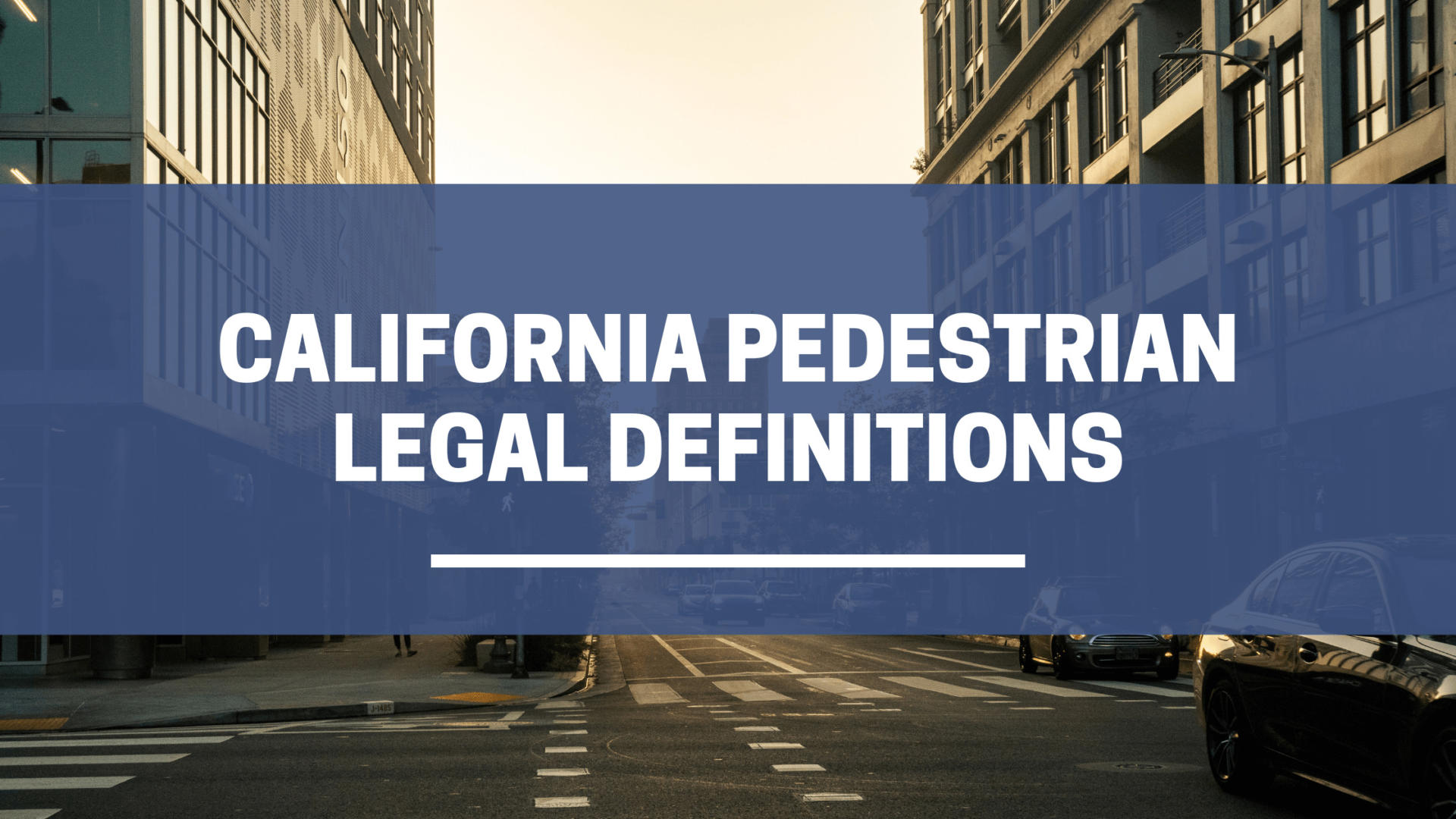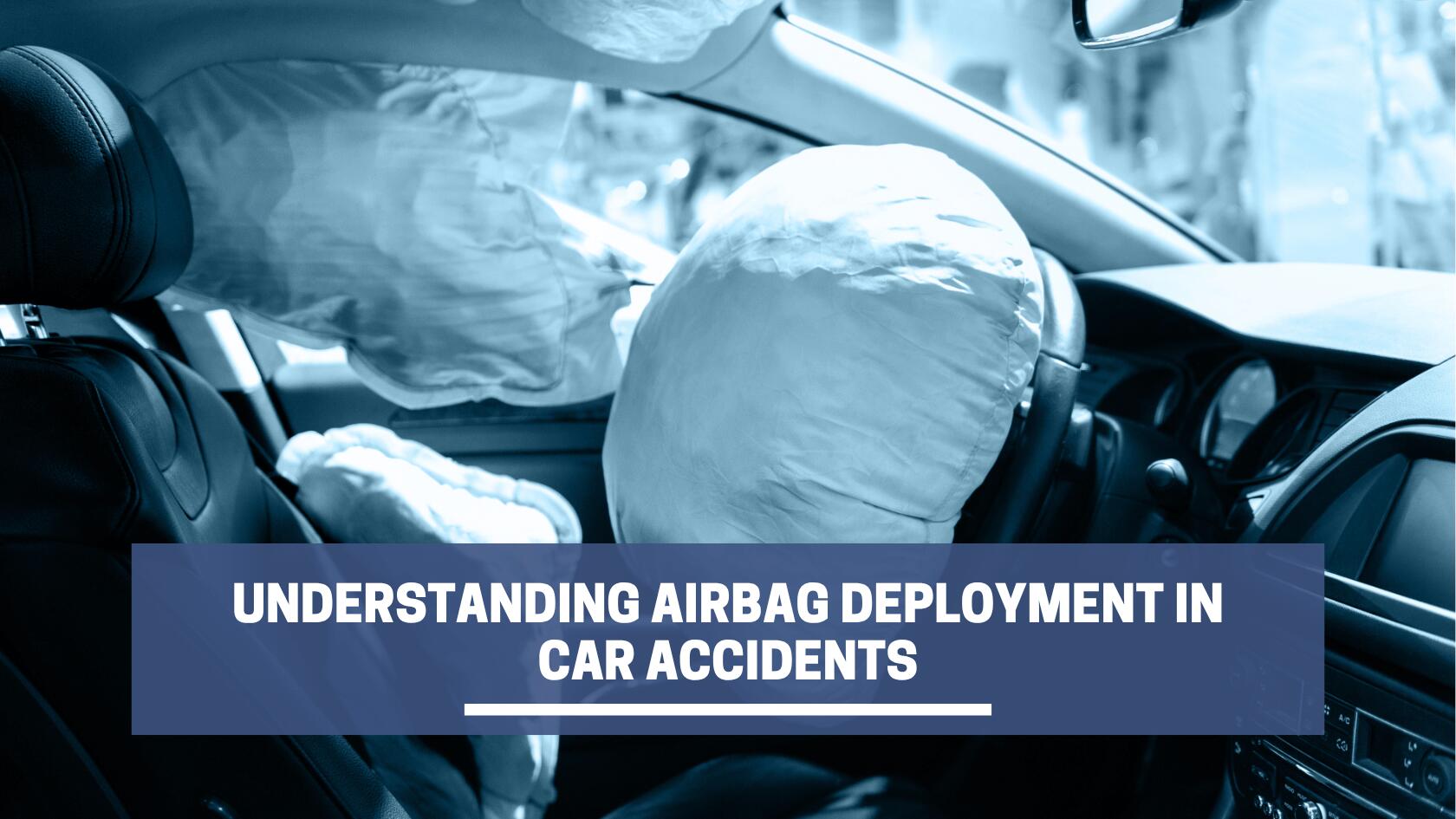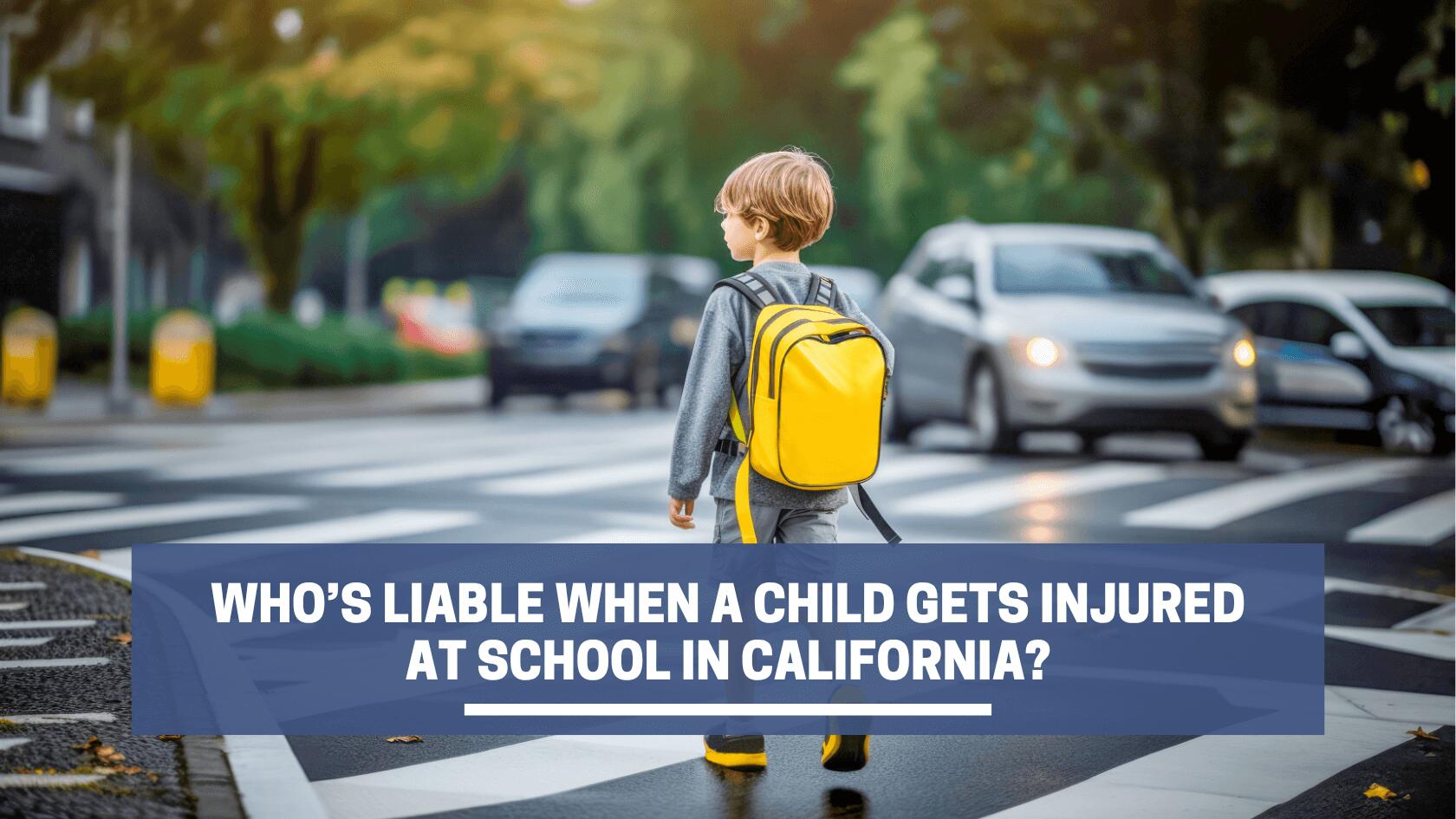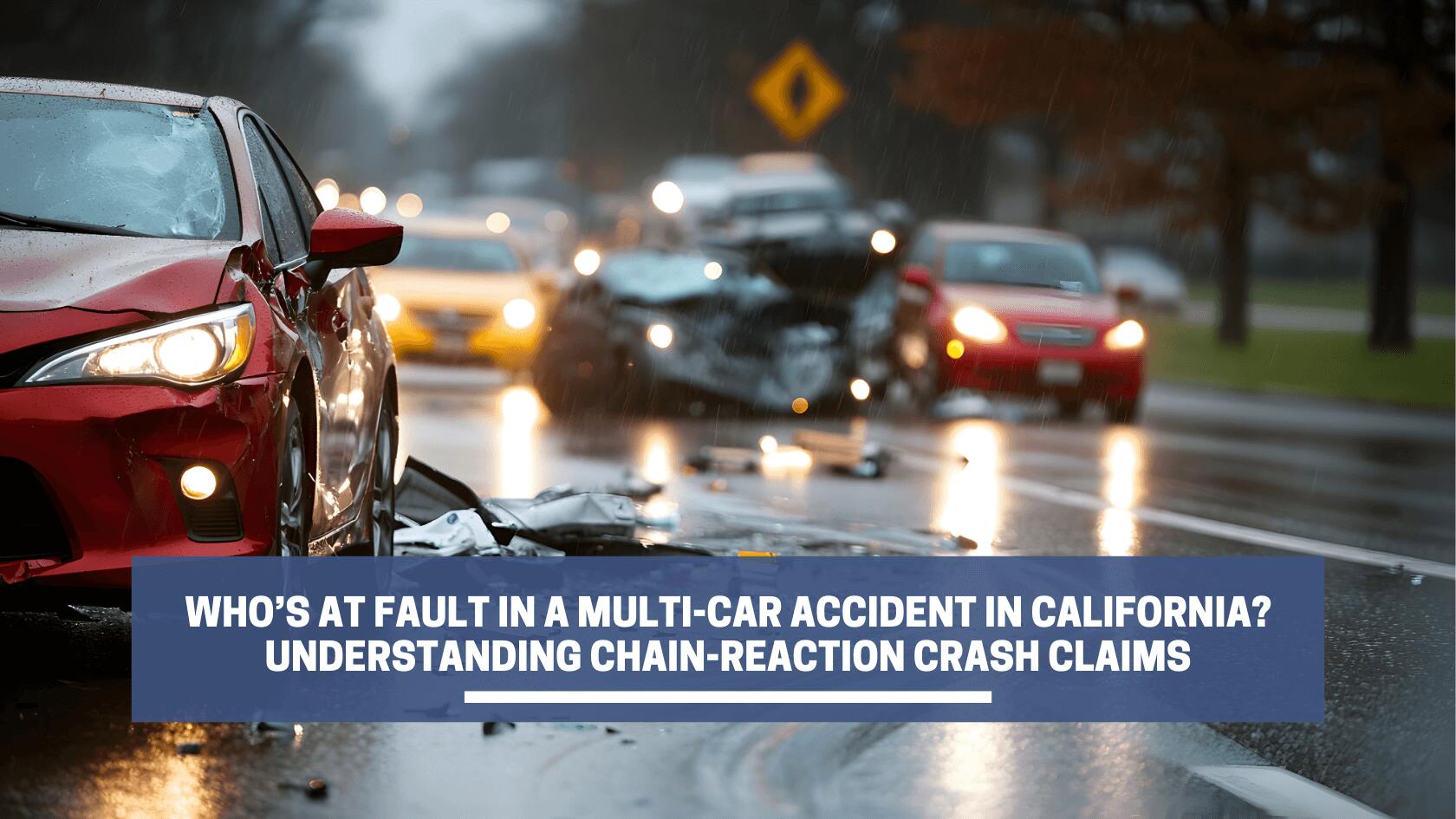California’s warm weather and eco-consciousness encourage people to travel by foot, making pedestrian accidents an unfortunately common occurrence. Three states, including California, accounted for 37% of all pedestrians killed in accidents in the first six months of 2021. The California Department of Public Health reports pedestrians make up 19% of all traffic-related deaths.
California’s pedestrian laws require pedestrians to obey pedestrian crosswalk signals and follow specific rules when crossing the street at a crosswalk. Since pedestrians have certain legal duties, they can also play a role in a pedestrian accident involving a vehicle.
It is best to refer to a pedestrian accident attorney to understand your legal rights in an accident. Your attorney can review California’s laws regarding pedestrian crossings with you and help you pursue compensation.
What is a Pedestrian?
California defines a pedestrian as someone who is walking by foot; however, when considering who is considered a pedestrian in California, the state broadens the definition to include people who use the following mobility devices to move around:
- Self-propelled wheelchairs
- Motorized tricycles
- Motorized quadricycle
California’s pedestrian definition also includes people who use an electric or manual mobility device for assistance, except a bicycle. This gives people who cannot move around on foot the same protection as walking pedestrians.
California Traffic Laws Regarding Pedestrians
California pedestrian laws are important and protect both cars and pedestrians on the road. They designate the right-of-way and, when followed, minimize the risk of injury accidents for vulnerable pedestrians. The following traffic laws apply to pedestrians and vehicles crossing an intersection or street.
- When crossing an intersection as a pedestrian, you must use the designated crosswalk and follow directions from traffic directors or traffic signals. Before crossing, you must follow all crosswalk signals, including when to stop to let other vehicles pass. For example, you must wait until the signal says to walk, rather than crossing when it says don’t walk.
- If no pedestrian signs exist at an intersection, pay close attention to vehicles around you. Although you have the right of way in most situations, cars may not stop or see you when crossing an intersection. Look both ways and make eye contact with the driver to indicate you are ready to cross.
- Vehicles cannot drive through sidewalks unless they must cross to enter or exit driveways or alleys. If you are walking on a sidewalk that passes an alley or driveway, exercise caution and look for vehicles that may be entering or exiting to prevent an accident.
- Pedestrians cannot walk in the bicycle lanes whenever a walkway or sidewalk is available next to the lanes.
- Drivers must yield the right of way to a blind pedestrian with a white cane since blind pedestrians rely on pedestrian signals and vehicle sounds to cross safely. When a pedestrian with a white cane crosses the intersection and steps onto the curb at the other side, the laws and rules of the road state that a vehicle may proceed.
Do Pedestrians Have the Right of Way in California?
Drivers must always yield the right-of-way to pedestrians crossing a marked or unmarked crosswalk in the pedestrian zone. However, as a pedestrian, you must avoid reckless actions when entering or exiting the crosswalk. For example, avoid running into the crosswalk abruptly in front of a vehicle as they may not have time to stop.
Additionally, pedestrians may not obstruct or delay traffic while in the middle of a crosswalk, whether marked or unmarked.
In all cases, drivers must obey all pedestrian signs, ensure pedestrian safety, and be ready to slow down when approaching intersections. Even when there isn’t a pedestrian sign, such as a stop or yield sign, drivers must always yield to pedestrians.
Outside of pedestrian zones, pedestrians must yield to oncoming traffic. Pedestrians should also yield to vehicles that are already driving through a crosswalk.
Both pedestrians and drivers have legal responsibilities when interacting on the road. If an accident occurs, both parties may share fault. A pedestrian accident lawyer can determine who was at fault in an accident to assign liability and hold a negligent driver accountable for their actions.
Proving Liability After a Pedestrian Accident
In an accident involving a pedestrian and a vehicle, you must prove liability with a breach of duty of care. For instance, an injured pedestrian must prove the following elements:
- Drivers owe a duty of care to pedestrians.
- The driver breached their duty of care by being negligent, such as speeding or failing to obey a pedestrian sign
- Negligence by the driver led to the pedestrian’s injuries
However, pedestrians may also be liable for their injuries if they acted negligently and failed to follow traffic rules. For example, an injured pedestrian can be held responsible if they run into oncoming traffic without obeying the pedestrian crosswalk sign to stop for traffic. Both parties, the driver and pedestrian, may share a percentage of fault in the accident.
What to Do After a Pedestrian Accident
Your lawyer can protect your legal rights if you are an injured pedestrian in an accident. They can help you seek a fair settlement to cover the medical bills or lost wages you suffer after sustaining injuries. If you are involved in a pedestrian accident, take the following steps to protect your rights:
Ensure Your Safety
Assess your level of injury and, if possible, move away from other vehicles to avoid additional harm. Call 911 to request a police officer and emergency services if you’ve suffered an injury.
Report the Accident
Give information about the accident to the police officer who arrives at the scene. If you were injured in a hit-and-run accident, provide as much information as possible about the incident, including:
- The driver’s appearance
- Make, model, or color of the car
- The direction the driver may have headed
When speaking with the police officer, don’t admit fault or apologize for the accident. A driver’s insurance company can use any statements you make against you, so stay factual when speaking to the officer.
Gather Evidence
Exchange your contact and insurance information with the driver who hit you. Speak with witnesses and get their contact information so your lawyer can collect their testimonies.
Try to capture as many images and videos of the accident site as possible, including the intersection, pedestrian crosswalk signals, and posted signs, such as a pedestrian-only sign. Having visual evidence gives your lawyer more context about your accident. If the driver disregarded the pedestrian-only sign when they hit you, your lawyer could assign a higher fault to the driver.
Contact Your Doctor
Seek medical attention for your injuries. Remember to keep all records and bills related to your treatment. Your legal team can use your medical records to prove the seriousness of your injuries and help you pursue compensation.
Take pictures and videos of your injuries. Have someone photograph your injuries if it is too difficult for you to do on your own. These pictures can show the extent of your injuries and your recovery progress.
Contact a Pedestrian Accident Attorney
The driver’s insurance company may contact you following a pedestrian accident. They will want to know what happened and what injuries you sustained. They will likely try to make a low settlement offer that does not cover all your medical costs.
The best pedestrian accident lawyer has experience calculating damages and dealing with insurance companies. Your attorney can review the average settlement for a pedestrian hit by a car and assess the total damages for your case. They can represent you in negotiations with the insurance company and may pursue litigation if the insurance company refuses to offer you a fair settlement.
Our Pedestrian Accident Attorneys Can Help You With Your Case
When you or a loved one is injured in a pedestrian accident, it’s essential to understand your rights are under California law. The pedestrian accident lawyers at The Shirvanian Law Firm fight for pedestrian accident victims’ rights and can help you financially recover after an accident. Your lawyer can help you navigate the legal process to get compensation for your damages.
We offer free, no-obligation consultations at The Shirvanian Law Firm, so call us today and let us help you with your pedestrian accident claim.
List of References
Pedestrian Safety (PedSafe) Program
https://www.cdph.ca.gov/Programs/CCDPHP/DCDIC/SACB/Pages/PedestrianSafety(PedSafe)Program.aspx
California Vehicle Code 467
https://leginfo.legislature.ca.gov/faces/codes_displaySection.xhtml?sectionNum=467.&nodeTreePath=2&lawCode=VEH
California Vehicle Code 21966
https://leginfo.legislature.ca.gov/faces/codes_displaySection.xhtml?sectionNum=21966.&lawCode=VEH
California Vehicle Code 21970
https://leginfo.legislature.ca.gov/faces/codes_displaySection.xhtml?sectionNum=21970.&lawCode=VEH
California Vehicle Code Vehicle Code 21955
https://leginfo.legislature.ca.gov/faces/codes_displaySection.xhtml?sectionNum=21955.&lawCode=VEH
California Vehicle Code 21456
https://leginfo.legislature.ca.gov/faces/codes_displaySection.xhtml?sectionNum=21456.&lawCode=VEH
California Vehicle Code 21950
https://leginfo.legislature.ca.gov/faces/codes_displaySection.xhtml?sectionNum=21950.&lawCode=VEH
California Driver Handbook
https://www.dmv.ca.gov/portal/handbook/california-driver-handbook/laws-and-rules-of-the-road/











